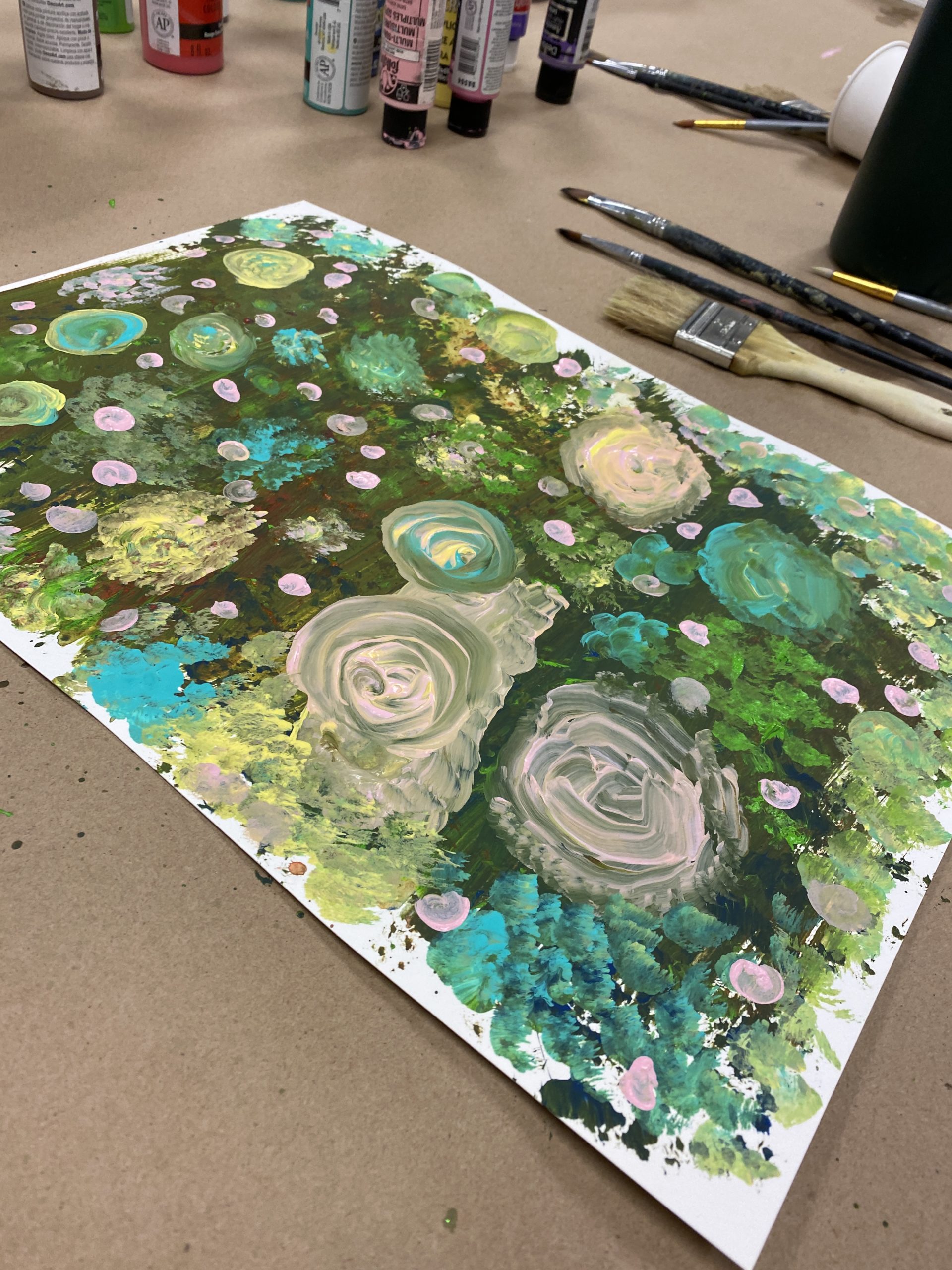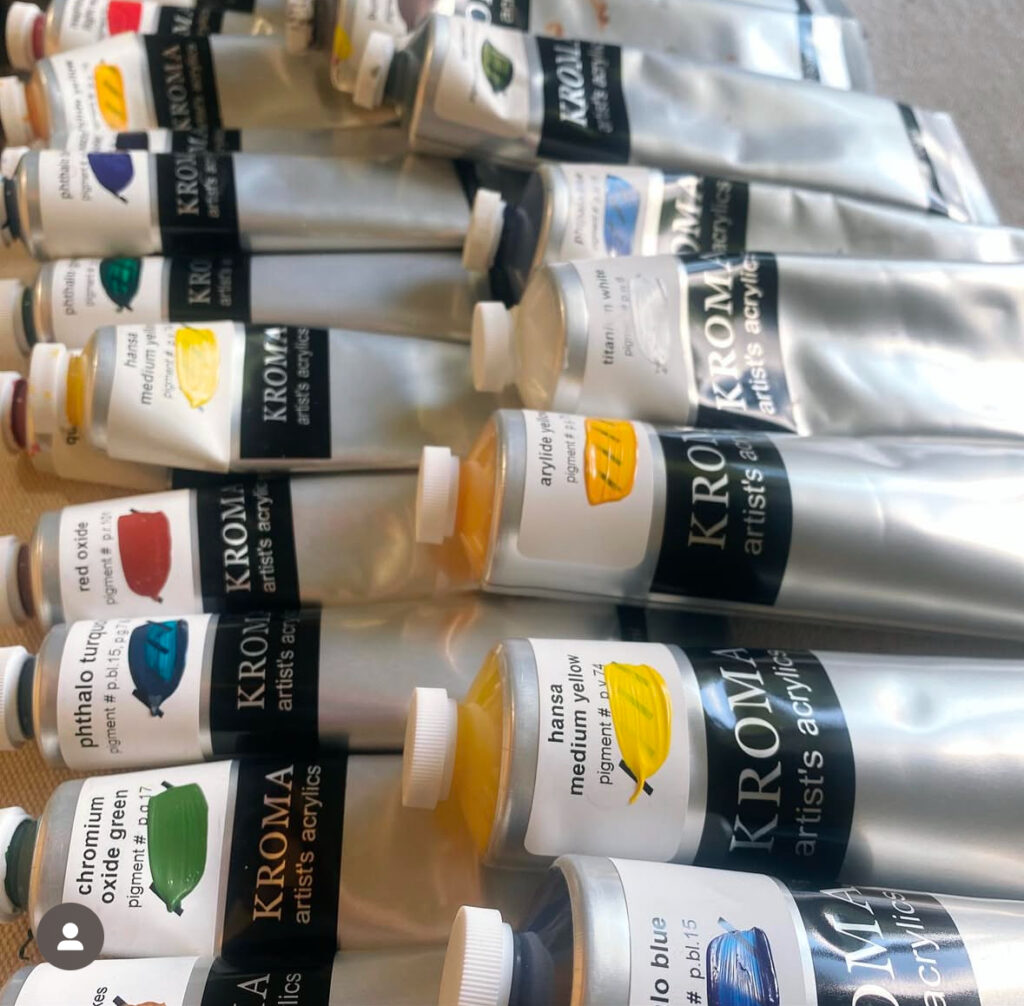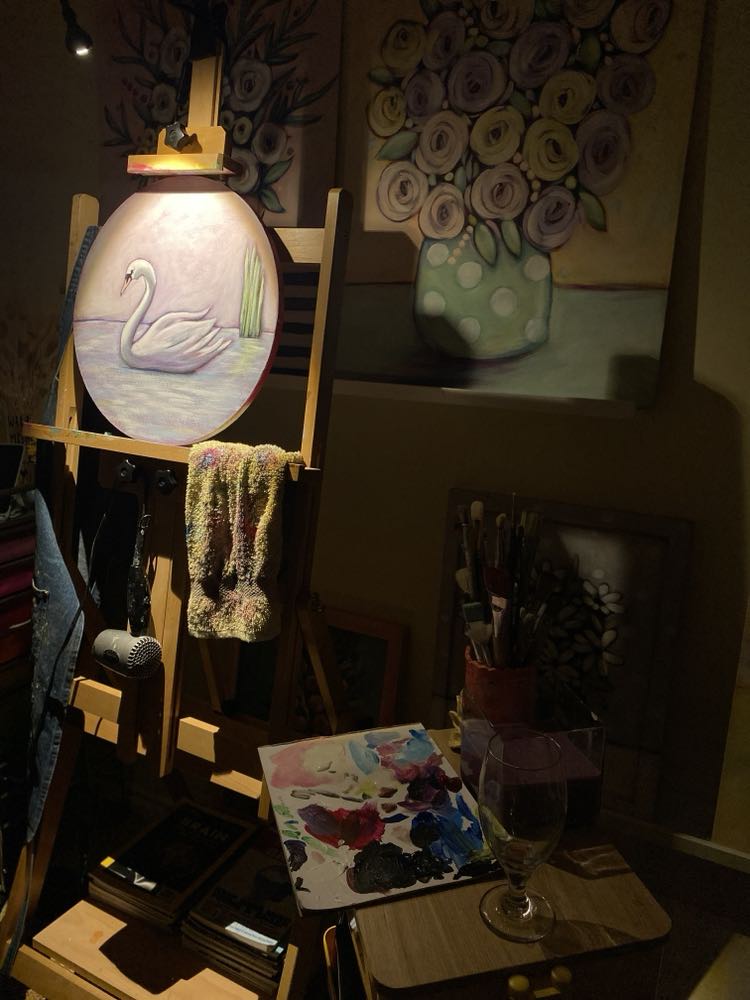In the vibrant world of art and healing, the distinctions between professions like “therapeutic art practitioner” and “art therapist” may seem subtle but are profoundly significant. As someone who facilitates art experiences focused on mindfulness and self-discovery, I find it essential to clarify these roles. This is not only to educate our community but also to ensure that everyone can make informed decisions about the type of support they seek.
What is a Therapeutic Art Practitioner?
A therapeutic art practitioner, like myself, is someone who guides individuals through the art-making process in a way that promotes mindfulness and self-expression. We do not diagnose or treat mental health issues but instead provide a supportive environment where art is used as a tool for personal growth and emotional well-being. Our sessions are designed to help individuals explore their creativity, reduce stress, and enhance their quality of life through art.
The role of a therapeutic art practitioner is primarily educational and facilitative. We focus on the experience of creating art and the benefits this can have on one’s state of mind and overall well-being. This might include group sessions where participants paint together, workshops on mindful drawing, or courses on using art for personal expression. The emphasis is always on the process rather than the outcome, encouraging participants to engage fully and presently with their creative work.
What is an Art Therapist?
In contrast, an art therapist is a trained professional who has met specific educational and licensing criteria to practice therapy. Art therapists are equipped to diagnose and treat psychological disorders and emotional difficulties through the use of art-based activities. They work with individuals to delve deeper into the art they create to uncover underlying messages or psychological states that can be addressed in therapy.
Art therapists often work in clinical settings, such as hospitals, mental health clinics, or private practices, and their services are usually aimed at individuals seeking therapeutic interventions for specific mental health issues.
When to Choose a Therapeutic Art Practitioner vs. an Art Therapist?
You might choose to work with a therapeutic art practitioner if you are looking for a way to relax, destress, or engage in self-discovery through creative expression. Our services are well-suited for those looking to enhance their well-being through art-making without the need for clinical intervention.
On the other hand, if you are experiencing psychological issues that significantly impact your day-to-day functioning, it is advisable to seek out a licensed art therapist. Art therapists provide therapeutic interventions that can help manage and treat mental health conditions.
Clarifying My Role
Recently, there have been instances where my role has been misrepresented. I am a therapeutic art practitioner, not a licensed art therapist. While I am proud of the work I do and the benefits it offers, it is important for community programs and collaborators to represent these distinctions accurately. Misrepresenting my qualifications does not serve our community or those who might be seeking specific types of psychological help.
I hope this clarification helps you understand the unique and valuable roles both therapeutic art practitioners and art therapists play in our community. If you have any further questions about the services I offer or if you’re seeking resources for more specialized therapy, please feel free to reach out or consult a licensed professional.







